Iot & Wearables: Smart Clothing
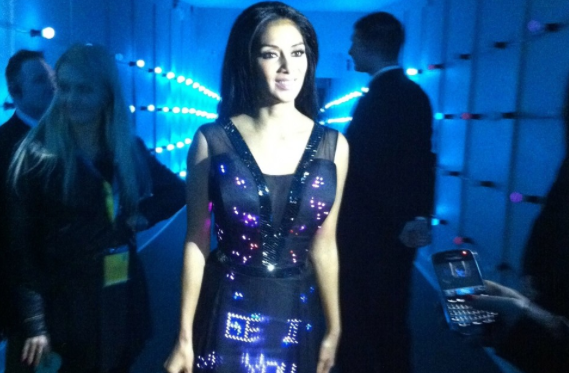
We are pleased to introduce one of our new content series, ‘IoT & Wearables’. Once considered mere gimmicks, the two closely interconnected industries are now steadily penetrating the everyday consumer market. From smartwatches to smart clothing socks that can trace your steps and thermostats you can control from your car, there’s a gadget for everyone out there.
As it quite often happens, the technological advancements of the last few years have had a tremendous effect on the consumer market. The modern smartphone, for instance, is a very young technology that has nevertheless been massively adopted by the world at large. Wearables and IoT devices are poised to become the next big thing in both the enterprise and everyday consumer markets. Though most gadgets are still in their very early stages, we are already witnessing some ingenious ideas and innovative applications of technology that may well be heralds of tomorrow.
There is a fine line between tech demo/gimmick and usable pieces of tech and I cannot think of a better example to illustrate that point than smart clothing. First of all, there are certainly some smart clothing products out there that are useful. Many of them, however, are no more than demonstrations of the capabilities of the technology. Still, their potential is virtually unlimited. Current uses include health monitoring, safety applications, sports training, contactless system management, and more.
One important thing that companies are aiming for with smart clothing is incorporating technological capabilities into existing wear. For instance, consumers are far more likely to purchase a jacket that actually looks like a jacket rather than a piece of clothing that might have popped out of a random sci-fi film. Google Glass is the most prominent example of the opposite side. The sheer visibility of the smart glasses was enough to turn people away or against them, something that would be a non-issue with actual smart clothing. And here are some examples.
Samsung’s smart clothing
At CES 2016, Samsung unveiled several projects from its smart clothing line. All of them have been designed with a simple concept in mind; to look exactly like their ‘dumb’ counterparts. The “Welt” is a smart belt that accurately tracks waistline expansions along with basic fitness tracking like step counts. Moreover, it can actually understand the difference between you gaining weight over time or simply because you had too much to eat at dinner.
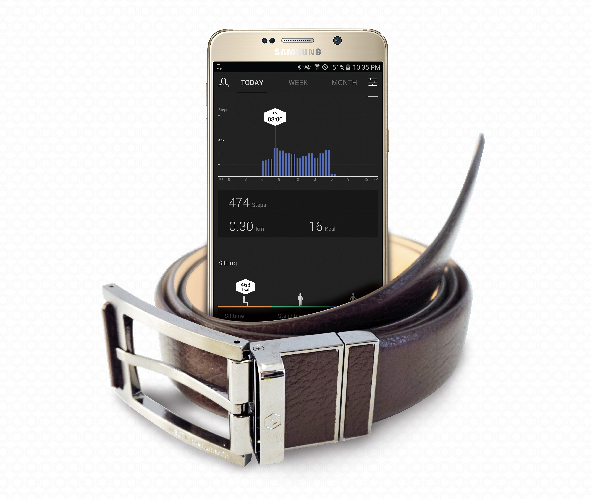
Another example is the Smart Suit. Basically, it is nothing more than a suit with embedded NFC tags. However, you can use it to instantly mute your phone, transfer contact information, or share a business card. Though these uses are simple enough, the hope is that more innovative applications will be developed as such technologies become available to a wider audience.
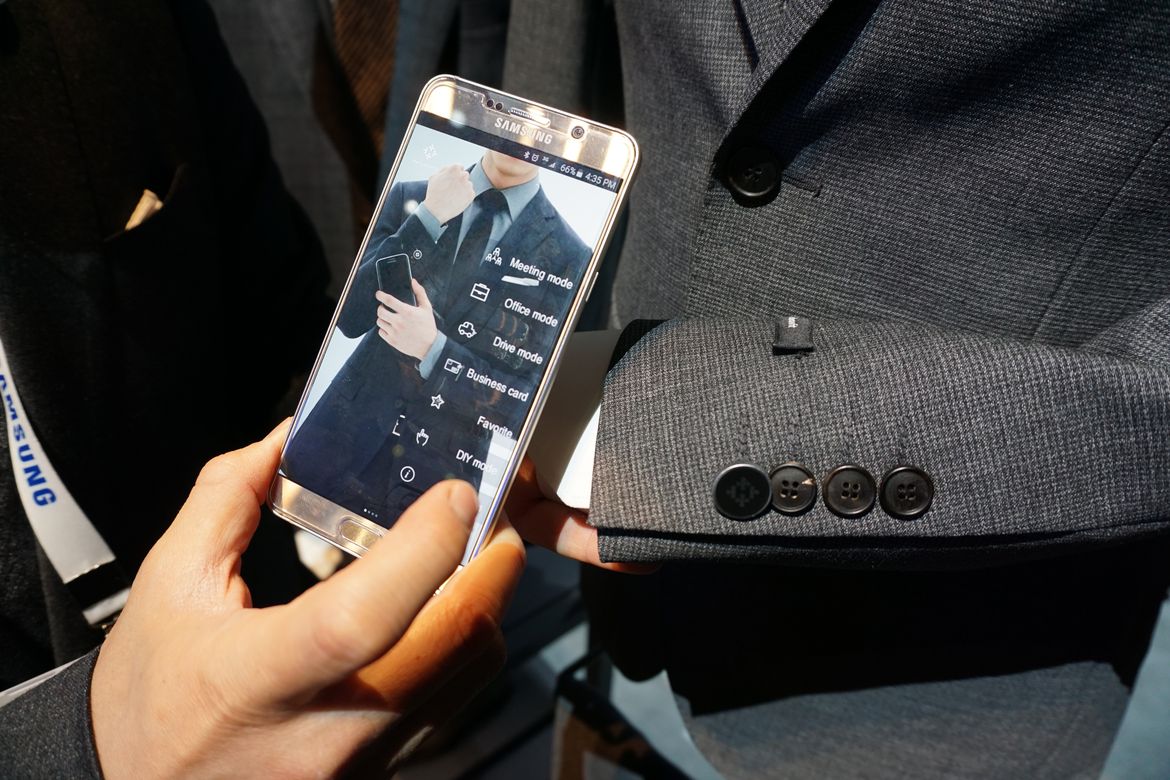
Other products of the line include a purse lined with solar panels which can charge your phone on the go and the TipTalk watchstrap which adds smart functions to any watch.
Google ATAP’s Project Jacquard
Google’s Advanced Technology And Projects department is also very much interested in smart clothing that you’ll actually want to wear. After studying textile manufacturing, they figured out a simple way to incorporate a touchpad into an otherwise unassuming piece of clothing. The first result of their work was a collaborative project between Google and Levi’s. The “Levi’s Commuter x Jacquard by Google” looks like any other denim jacket, despite the long-winded name.

The difference is that there’s a hidden touchpad that can receive all kinds of gestures. Wearers can then change their Spotify music, answer a call, or access voice navigation without touching their phones once. These gestures can be customized to specific uses so potential buyers will not be limited by what the manufacturer wants them to do. As you can see from the picture, no one would actually be able to tell that you were wearing a “smart” jacket.

LikeAGlove smart leggings
If those smart clothes still seem too gimmicky to you then you might be interested in some more practical ones. Anyone who has ever tried to purchase clothing online will know that measuring exact sizes is often very difficult. Unless you can actually try something on in the changing room of a department store then you more or less take a gable when it comes to online purchases.
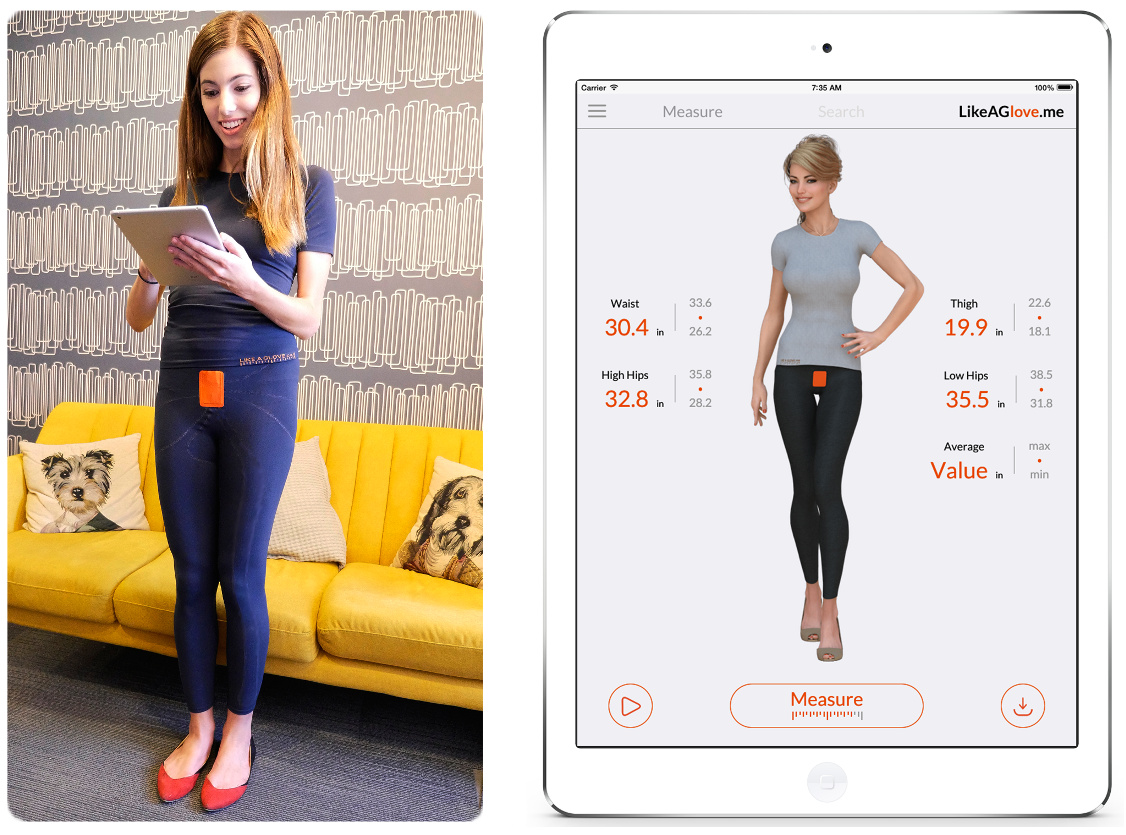
LikeAGlove aimed to amend that issue with the so-called ‘smart leggings’. These elastic leggings take exact measurements of your legs, waist, thighs, and hips. After the measurements have been taken, you can either head to an online store or use the LikeAGlove app to find a pair of jeans from its own database of 2000+ shops.
Smart bras
One of the very first applications of smart clothing technology was the implementation of smart sports bras. Though they all have different functions, most of them enable basic heart rate monitoring and other fitness tracking features. The MyZone sports bra, for instance, also has Bluetooth to connect to other devices.
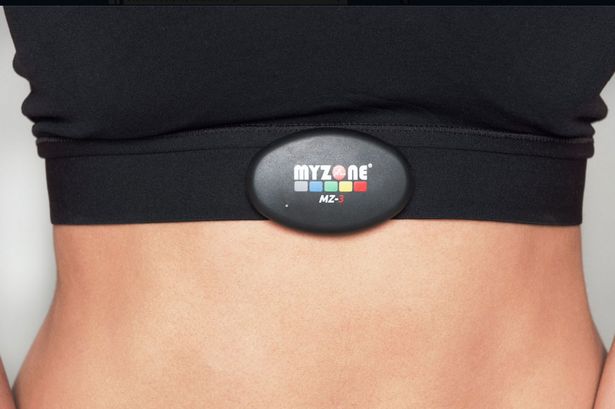
Victoria’s Secret’s own smart sports bra is also made by high-tech Body-Wick fabric which aims to keep the wearer dry during intense workouts. A team of Australian scientists are also currently developing a ‘bionic bra’ which will automatically adjust breast support depending on the task at hand. For instance, it will tighten during a workout and then become more loose. In the future, there might even be a bra that identifies the wearer’s correct bra size, a use of technology that would undoubtedly have medical uses too.
The conclusion
Like the rest of the wearable market, smart clothing is still in its infancy. However, it is one of the most exciting fields due to the number of different uses that it can be applied to. Technology that is successfully integrated into everyday usage is a rare but wonderful thing and it definitely seems like many companies have got the right idea. There are also incredible considerations for the fashion industry. As the technology develops further, I imagine that we will be seeing a lot more smart clothing products in the market over the next couple of years.



